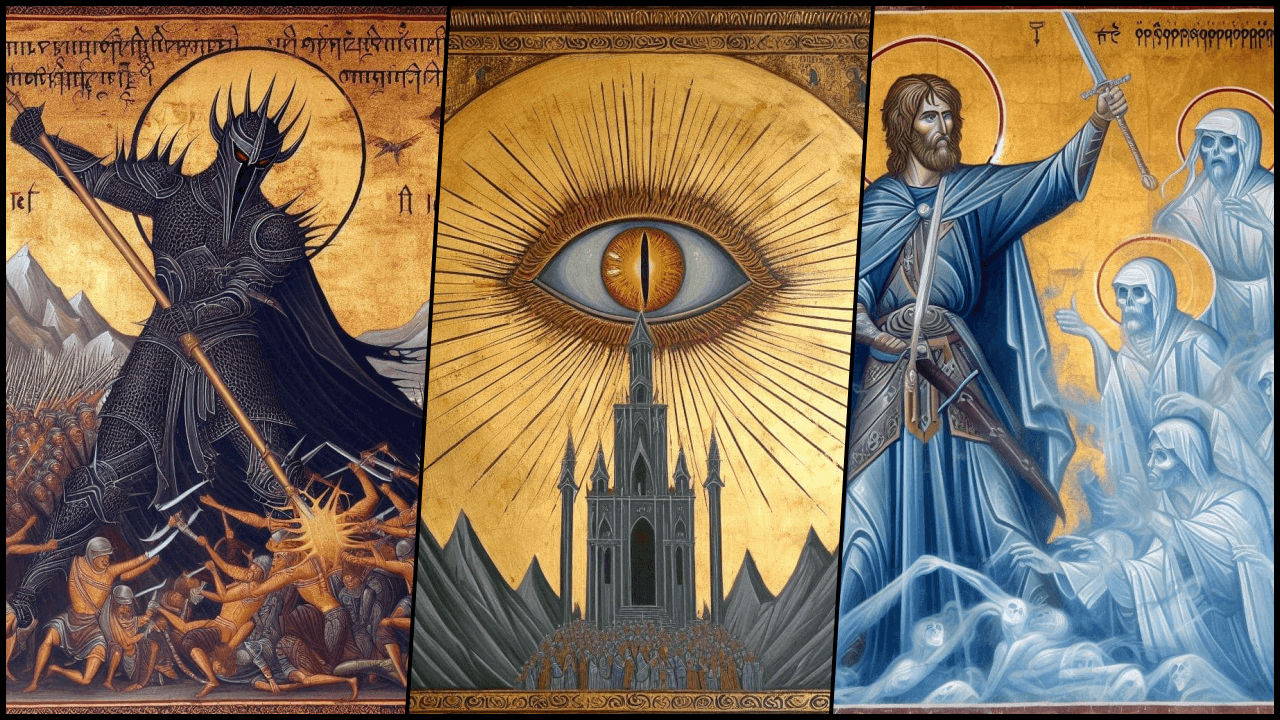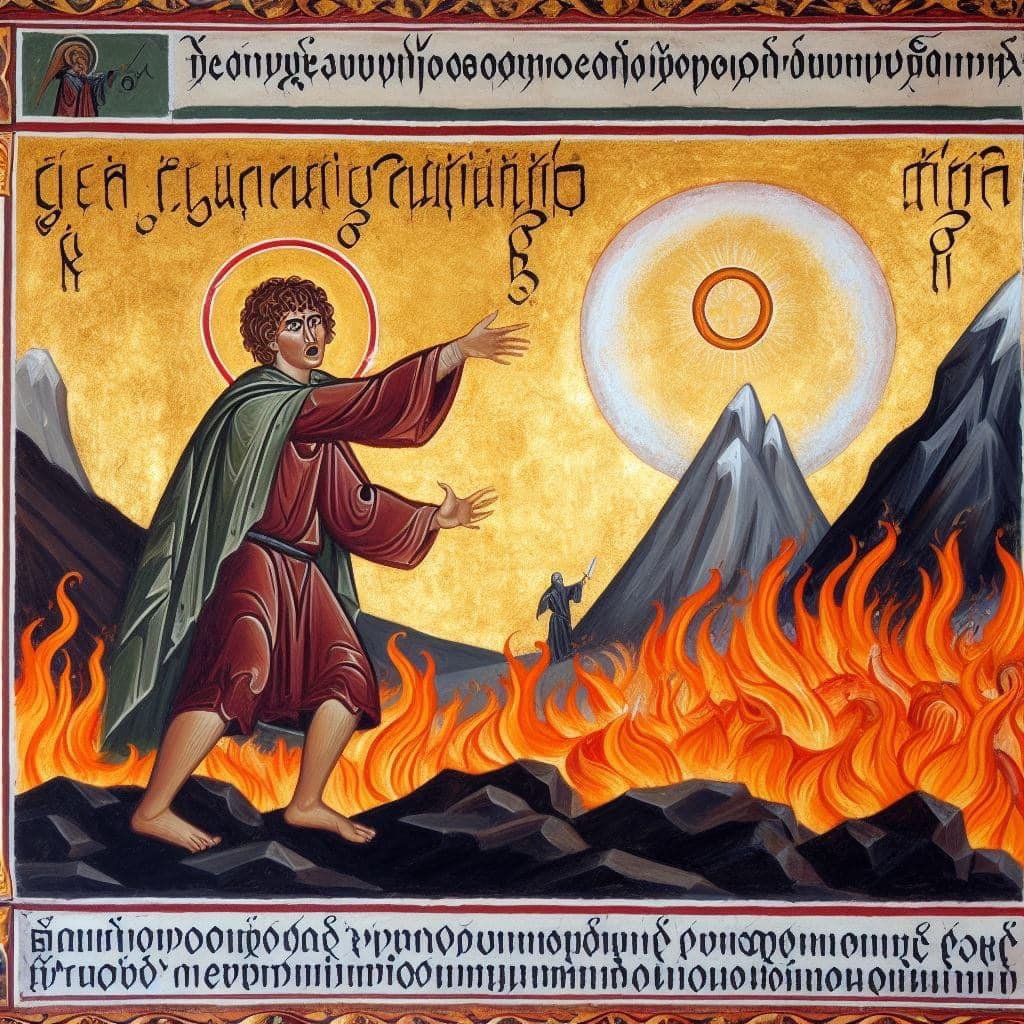By The Archaeologist Editor Group
Art and technology have, over the ages, found a way to coalesce in ways previously unimaginable. Yet, when artificial intelligence lends its hand to crafting art, the results are nothing short of revolutionary. This is precisely what's been witnessed recently with a stunningly innovative fusion of J.R.R. Tolkien's epic tale, "The Lord of the Rings," with Byzantine-style hagiography, all conjured into being by an advanced AI image creation system. The outcome? A series of captivating images that feel both ancient and modern, reflecting the timelessness of the stories they portray.
Byzantine Hagiography: An Ancient Tradition
For the uninitiated, Byzantine hagiographies are traditional religious artworks originating from the Byzantine Empire, primarily between the 4th and 15th centuries. These works usually depict saints, the Virgin Mary, Jesus Christ, and other biblical figures, characterized by their distinct iconographic style. Gold backgrounds, a lack of perspective, and highly symbolic imagery are hallmarks of this genre.
A Timeless Saga Reimagined
"The Lord of the Rings" (LOTR), penned by J.R.R. Tolkien in the 20th century, is a timeless tale of bravery, sacrifice, and the eternal struggle between good and evil. It introduces us to a plethora of characters, each bearing their own importance and depth, from the humble Frodo Baggins to the majestic Aragorn.
The melding of these two worlds through AI paints the beloved characters of LOTR in a fresh, yet archaic, light. Imagine Frodo, not as the young hobbit we're familiar with, but as a Byzantine saint, haloed in shimmering gold, his expression one of divine purpose. Gandalf, with his iconic staff, appears not just as a wise old wizard but as a prophetic figure bearing semblance to Byzantine depictions of Moses or other ancient seers.
The Power of AI in Artistic Creation
The creation of these images was neither a random act nor a simplistic translation. The AI, trained on vast datasets of Byzantine art and LOTR illustrations, recognized and understood the intricate nuances of each style. It blended them, ensuring that the resulting artwork maintained the integrity of its source inspirations.
One of the reasons these AI-generated images have garnered such attention is their ability to evoke a profound emotional response. The Byzantine influence grants an air of reverence and sanctity to Tolkien's characters, suggesting that their struggles, though fictional, touch upon eternal and divine themes.
Beyond Aesthetics: A Conversation Starter
These images do more than just tantalize the eyes. They ignite discussions about the intersections of ancient art and modern narratives, the capabilities of artificial intelligence in creative sectors, and the evolving definition of artistry in the digital age.
Moreover, they challenge purists who might initially balk at the idea of AI dabbling in the sacred realm of creativity. These Byzantine-LOTR hybrids serve as a testament to the fact that AI, when wielded with care and ingenuity, can produce artworks that resonate deeply with audiences.
As we stand at the crossroads of technology and art, it's moments like these—where AI conjures an enchanting blend of "The Lord of the Rings" in Byzantine-style hagiographies—that truly take our breath away. It reminds us that stories, regardless of their origin or medium, have the power to transcend time, culture, and even the methods of their creation.






















